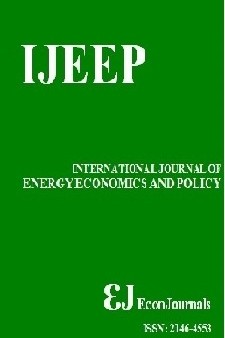Dynamics of Switching from Polluting Resources to Green Technologies
Dynamics of Switching from Polluting Resources to Green Technologies
We have total energy produced by a firm using a non-renewable resource and a perfect substitute backstop. The average cost of the backstop is significantly higher relative to the non-renewable resource initially; average backstop costs are modeled to fall with investments in knowledge. Investments in knowledge are thought to bring about more efficient techniques to use alternative energies (better technical know-how for wind, solar) reducing their average costs. The knowledge stock is modeled as an impure public good such that an individual firm only partially benefits from its own knowledge accumulation. We find a firm in equilibrium invests less in the backstop relative to the social planner and that the planner solution also leads to faster exhaustion of the depletable resource. Introducing ow pollution, we find the time of switch to the backstop in the planner solution depends on the relative magnitudes of the average pollution cost and the average cost of the backstop. An increase in the pollution cost implies slower extraction of the exhaustible resource and a later switch (compared to the case without pollution); however for a very high pollution cost, the extraction rate rises and switch to the backstop is made sooner leaving some of the exhaustible resource in the ground. We solve both the models explicitly and use sophisticated numerical techniques in Mathematica.
